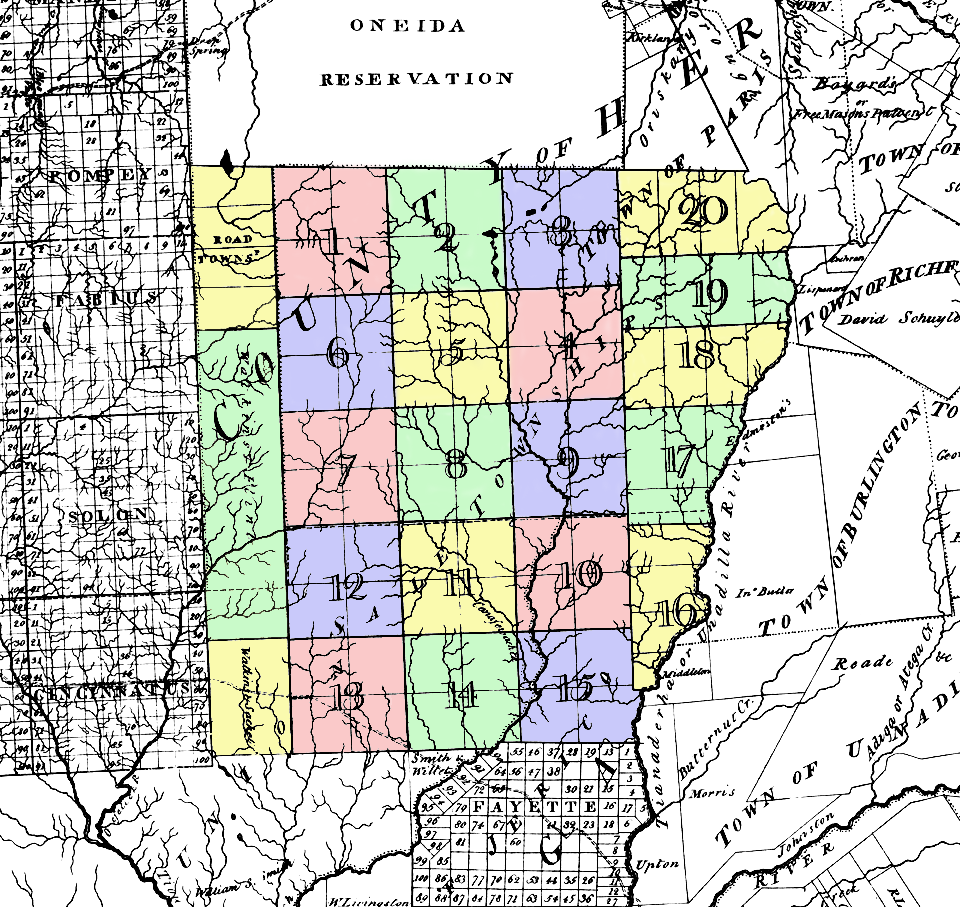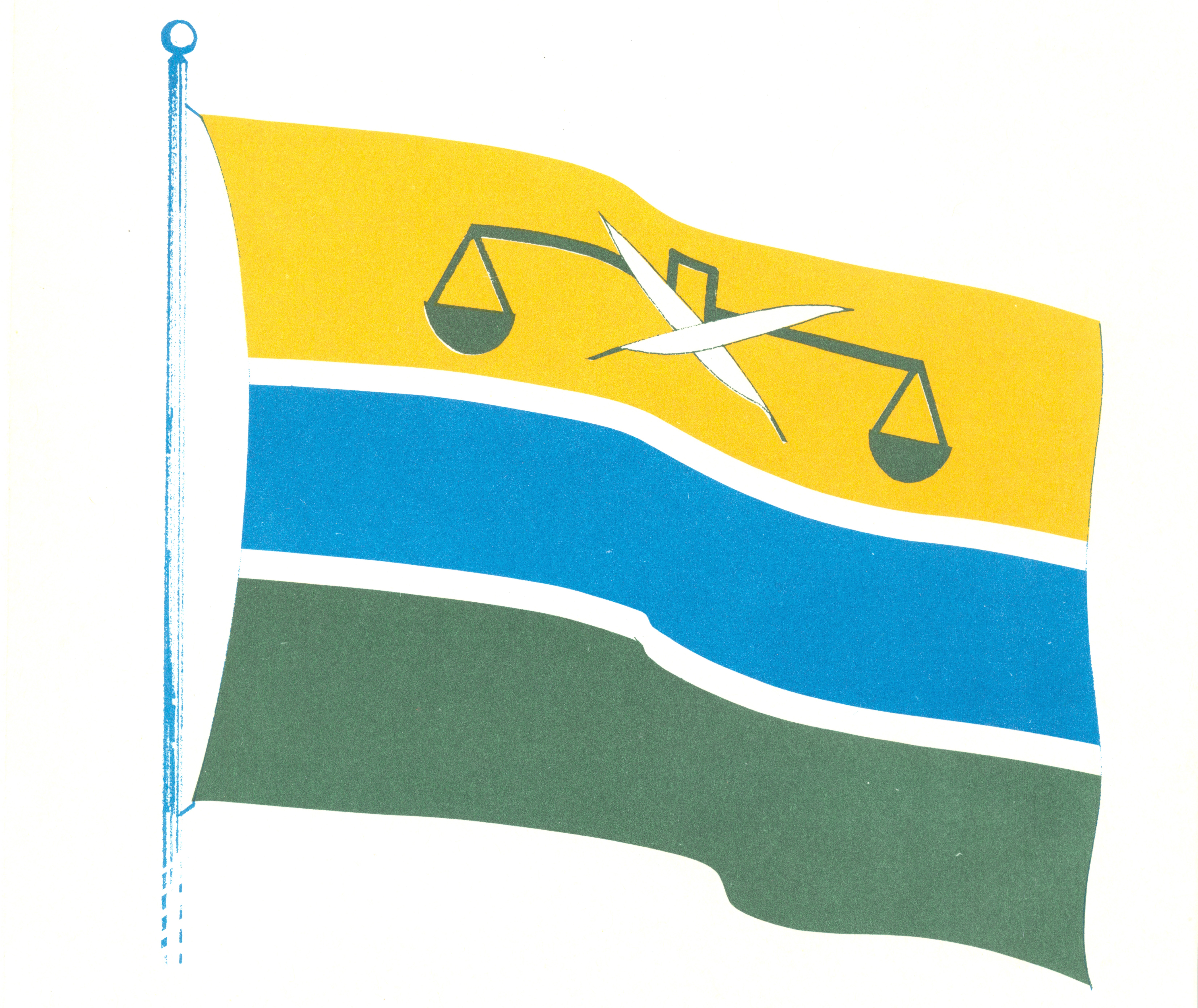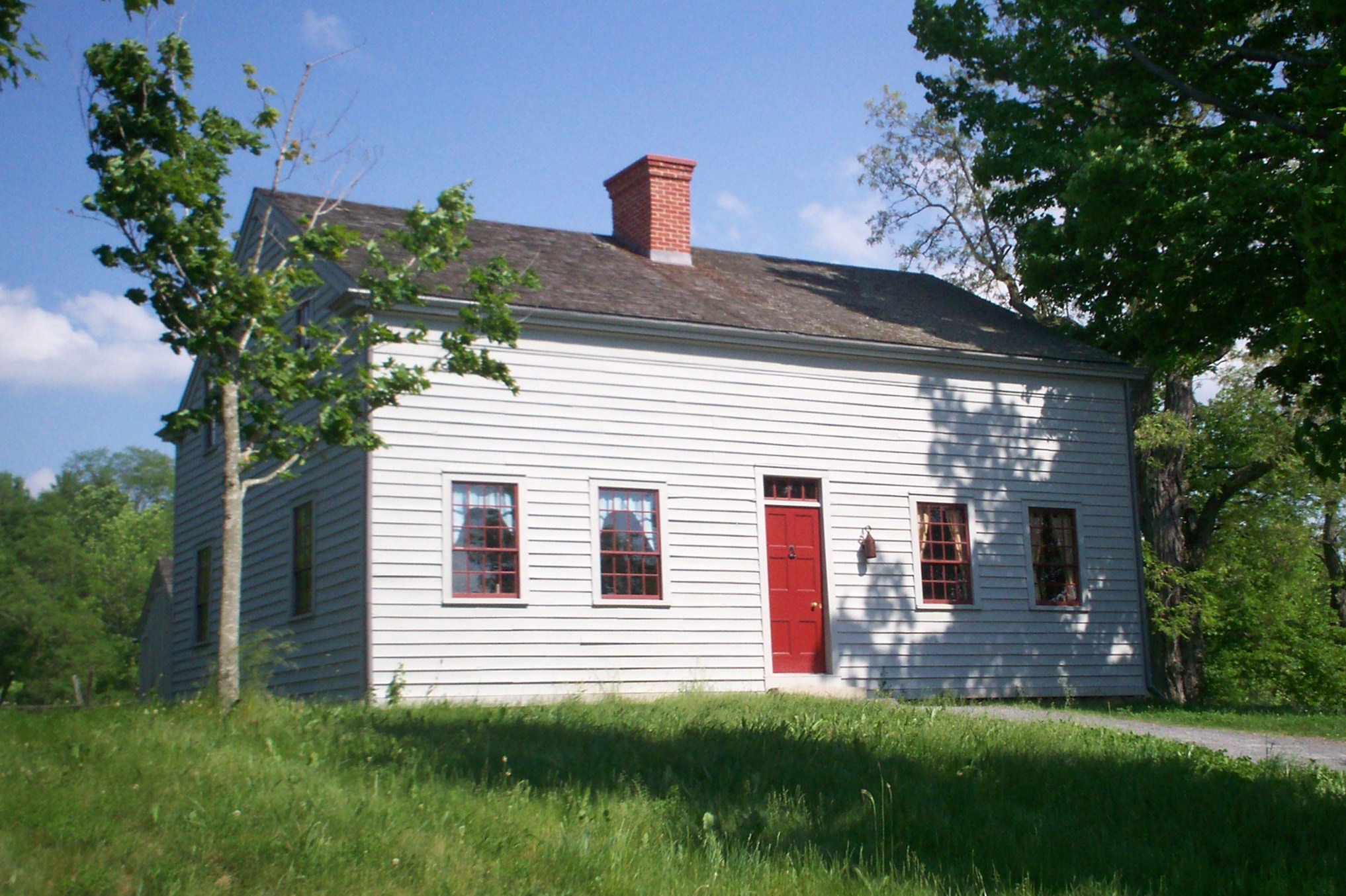|
New York's 34th Congressional District
The 34th congressional district of New York was a congressional district for the United States House of Representatives in New York. It was created in 1843 as a result of the 1840 Census, eliminated after the 1850 Census, and then re-created in 1885 due to the 1880 Census. It was eliminated most recently as a result of the 1990 Census. It was last represented by Amo Houghton who was redistricted into the 31st District. Past components 1983-1993: :All of Allegany, Chautauqua, Chemung, Schuyler, Steuben, Yates :Parts of Cattaraugus, Tompkins 1973-1983: :All of Wayne :Parts of Monroe 1971-1973: :All of Cayuga, Ontario, Schuyler, Seneca, Yates :Parts of Livingston, Onondaga, Oswego, Tompkins 1963-1971: :All of Onondaga 1953-1963: :All of Herkimer, Madison, Oneida 1945-1953: :All of Franklin, Herkimer, Jefferson, Lewis, St. Lawrence 1913-1945: :All of Broome, Chenango, Delaware, Otsego 1885-1913: :All of Allegany, Cattaraugus, Chautauqua List of members ... [...More Info...] [...Related Items...] OR: [Wikipedia] [Google] [Baidu] |
New York State Route 34
New York State Route 34 (NY 34) is a north–south New York state route located in Central New York. Its southern terminus is at the Pennsylvania state line in the village of Waverly, where it connects to Pennsylvania Route 199 and meets I-86/ NY 17. Its northern terminus is at NY 104, outside the village of Hannibal. Route description Tioga and Chemung counties The highway begins at exit 61 of the Southern Tier Expressway, I-86/ NY 17, where PA 199 crosses into New York state, and Tioga County, on Cayuta Avenue in Waverly. Little more than half a mile into the state, Cayuta Street (NY 34) comes to a T-intersection with NY 17C. NY 34 makes a sharp left and, shortly thereafter, a sharp right turn. NY 17C was formerly NY 17, and the aforementioned second sharp turn was once NY 34's southern terminus. NY 34 continues north along the east bank of Cayuta Creek across the county line to Van Etten, Chemun ... [...More Info...] [...Related Items...] OR: [Wikipedia] [Google] [Baidu] |
Tompkins County, New York
Tompkins County is a county located in the U.S. state of New York. As of the 2020 census, the population was 105,740. The county seat is Ithaca. The name is in honor of Daniel D. Tompkins, who served as Governor of New York and Vice President of the United States. Tompkins County comprises the Ithaca, NY Metropolitan Statistical Area. It is home to Cornell University, Ithaca College and Tompkins Cortland Community College. History When counties were established in the British Province of New York in 1683, the present Tompkins County was part of Albany County. This was an enormous county, including the northern part of New York State as well as all of the present State of Vermont and, in theory, extending westward to the Pacific Ocean. This county was reduced in size on July 3, 1766 by the creation of Cumberland County, and further on March 16, 1770 by the creation of Gloucester County, both containing territory now in Vermont. On March 12, 1772, what was left of Albany ... [...More Info...] [...Related Items...] OR: [Wikipedia] [Google] [Baidu] |
Jefferson County, New York
Jefferson County is a county on the northern border of the U.S. state of New York. As of the 2020 census, the population was 116,721. Its county seat is Watertown. The county is named after Thomas Jefferson, third President of the United States of America. It is adjacent to Lake Ontario, southeast from the Canada–US border of Ontario. Jefferson County comprises the Watertown- Fort Drum, NY Metropolitan Statistical Area. In 2014, it elected Colleen M. O'Neill as the first woman county sheriff in the state. She had served with the New York State Police for 32 years. The popularity of the area as a summer tourist destination results in a dramatic increase of population during that season. The United States Army's 10th Mountain Division is based at Fort Drum. The base had a total population of nearly 13,000 according to the 2010 census. History When counties were established in the Province of New York in 1683, the present Jefferson County was part of Albany County. This w ... [...More Info...] [...Related Items...] OR: [Wikipedia] [Google] [Baidu] |
Franklin County, New York
Franklin County is a county on the northern border of the U.S. state of New York. To the north across the Canada–United States border are the Canadian provinces of Quebec and Ontario, from east to west. As of the 2020 census, the county population was 47,555. Its county seat is Malone. The county is named in honor of United States Founding Father Benjamin Franklin. Franklin County comprises the Malone, NY Micropolitan Statistical Area. Much of Franklin County is within Adirondack Park. Within the border of the county is the St. Regis Mohawk Reservation, or ''Akwesasne'' in the Mohawk language. Its population was nearly 3,300 in the 2010 census. The people are linked by community and history with the Mohawk of the Akwesasne reserve across the river, spanning the border of Quebec and Ontario. The Mohawk have had authority under the Jay Treaty to freely cross this international border. History This area was long occupied by Iroquoian-speaking peoples. In historic times, a grou ... [...More Info...] [...Related Items...] OR: [Wikipedia] [Google] [Baidu] |
Oneida County, New York
Oneida County is a county in the state of New York, United States. As of the 2020 census, the population was 232,125. The county seat is Utica. The name is in honor of the Oneida, one of the Five Nations of the Iroquois League or ''Haudenosaunee'', which had long occupied this territory at the time of European encounter and colonization. The federally recognized Oneida Indian Nation has had a reservation in the region since the late 18th century, after the American Revolutionary War. Oneida County is part of the Utica–Rome, NY Metropolitan Statistical Area. History When England established colonial counties in the Province of New York in 1683, the territory of present Oneida County was included in a very large, mostly undeveloped Albany County. This county included the northern part of present-day New York State as well as all of the present state of Vermont and, in theory, extended westward to the Pacific Ocean. This county was reduced in size on July 3, 1766, to ... [...More Info...] [...Related Items...] OR: [Wikipedia] [Google] [Baidu] |
Madison County, New York
Madison County is a county located in the U.S. state of New York. As of the 2020 census, the population was 68,016. Its county seat is Wampsville. The county is named after James Madison, the fourth president of the United States, and was first formed in 1806. Madison County is part of the Syracuse metropolitan area. History Indigenous peoples had occupied areas around Oneida Lake for thousands of years. The historic Oneida Nation is an Iroquoian-speaking people who emerged as a culture in this area about the fourteenth century and dominated the territory. They are one of the Five Nations who originally comprised the Iroquois Confederacy or ''Haudenosaunee''. English colonists established counties in eastern present-day New York State in 1683; at the time, the territory of the present Madison County was considered part of Albany County, with the city of Albany located on the Hudson River. This was an enormous county, including the northern part of New York State arou ... [...More Info...] [...Related Items...] OR: [Wikipedia] [Google] [Baidu] |
Herkimer County, New York
Herkimer County is a county in the U.S. state of New York. As of the 2020 census, the population was 60,139. Its county seat is Herkimer. The county was created in 1791 north of the Mohawk River out of part of Montgomery County. It is named after General Nicholas Herkimer, who died from battle wounds in 1777 after taking part in the Battle of Oriskany during the Revolutionary War. Herkimer County is part of the Utica–Rome Metropolitan Statistical Area. History In 1791, Herkimer County was created as one of three counties split off from Montgomery (the other two being Otsego and Tioga counties) as New York State was developed after the American Revolutionary War. Its area was much larger than the present county, however, and was reduced subsequently as more counties were organized. Part of Herkimer County was included in the Macomb's Purchase of 1791, during the wide-scale sale of public lands after the state forced Iroquois tribes allied with the British during the ... [...More Info...] [...Related Items...] OR: [Wikipedia] [Google] [Baidu] |
Oswego County, New York
Oswego County is a county in the U.S. state of New York. As of the 2020 census, the population was 117,525. The county seat is Oswego. The county name is from a Mohawk-language word meaning "the pouring out place", referring to the point at which the Oswego River feeds into Lake Ontario at the northern edge of the county in the city of Oswego. Oswego County is part of the Syracuse, NY Metropolitan Statistical Area. History When counties were established in the British colony of New York in 1683, the present Oswego County was part of Albany County. This was an enormous county, including the northern part of what is now New York state as well as all of the present state of Vermont and, in theory, extending westward to the Pacific Ocean. This county was reduced in size on July 3, 1766, by the creation of Cumberland County in the British colony, and further on March 16, 1770, by the creation of Gloucester County, both containing territory now in Vermont. On March 12, 1772, ... [...More Info...] [...Related Items...] OR: [Wikipedia] [Google] [Baidu] |
Onondaga County, New York
Onondaga County ( ) is a county in the U.S. state of New York. As of the 2020 census, the population was 476,516. The county seat is Syracuse. Onondaga County is the core of the Syracuse, NY MSA. History The name ''Onondaga'' derives from the name of the Native American tribe who lived in this area at the time of European contact, one of the original Five Nations of the ''Haudenosaunee''. They called themselves ( autonym) ''Onoda'gega'', sometimes spelled ''Onontakeka.'' The word means "People of the Hills." Sometimes the term was ''Onondagaono'' ("The People of the Hills"). The federally recognized Onondaga Nation has a reservation within the county, on which they have self-government. When counties were established in New York in 1683, the present Onondaga County was part of Albany County. This enormous county included the northern part of New York State as well as all of the present State of Vermont and, in theory, extended westward to the Pacific Ocean. It was re ... [...More Info...] [...Related Items...] OR: [Wikipedia] [Google] [Baidu] |
Livingston County, New York
Livingston County is a county in the U.S. state of New York. As of the 2020 census, the population was 61,834. Its county seat is Geneseo. The county is named after Robert R. Livingston, who helped draft the Declaration of Independence and negotiated the Louisiana Purchase. Livingston County is part of the Rochester Metropolitan Statistical Area. History On February 23, 1821, Livingston County, New York was formed from Ontario and Genesee Counties. The twelve original towns were: Avon, Caledonia, Conesus, Geneseo (county seat), Groveland, Leicester, Lima, Livonia, Mount Morris, Sparta, Springwater, and York. Part of North Dansville was annexed from Steuben County in 1822 and became a separate town when Sparta was divided in 1846. At the same time, the town of West Sparta was also formed from Sparta. The towns of Nunda and Portage were annexed in 1846 and the town of Ossian was annexed in 1857 from Allegany County. Avon, Williamsburgh, and the hamlet of Lake ... [...More Info...] [...Related Items...] OR: [Wikipedia] [Google] [Baidu] |
Seneca County, New York
Seneca County is located in the U.S. state of New York. As of the 2020 census, the population was 33,814. The county seat is Waterloo. It became a one county in 1822, which currently remains in effect and uses one locations as county seats although the majority of Seneca County administrative offices are located in Waterloo.Office of the Seneca County Historian, ''Written History of Seneca County, New York'' -- Unit Three: Establishment of Seneca County & Townships, Chapter 3: History of the Towns of Seneca County , Retrieved May 27, 2015. [...More Info...] [...Related Items...] OR: [Wikipedia] [Google] [Baidu] |
Ontario County, New York
Ontario County is a county in the U.S. State of New York. As of the 2020 census, the population was 112,458. The county seat is Canandaigua. Ontario County is part of the Rochester, NY Metropolitan Statistical Area. In 2006, ''Progressive Farmer'' rated Ontario County as the "Best Place to Live" in the U.S., for its "great schools, low crime, excellent health care" and its proximity to Rochester. History This area was long controlled by the Seneca people, one of the Five Nations of the Iroquois Confederacy, or ''Haudenosaunee''. They were forced to cede most of their land to the United States after the American Revolutionary War. When the English established counties in New York Province in 1683, they designated Albany County as including all the northern part of New York State, the present State of Vermont, and, in theory, extending westward to the Pacific Ocean. On July 3, 1766 Cumberland County was organized, and on March 16, 1770 Gloucester County was founded, both ... [...More Info...] [...Related Items...] OR: [Wikipedia] [Google] [Baidu] |








